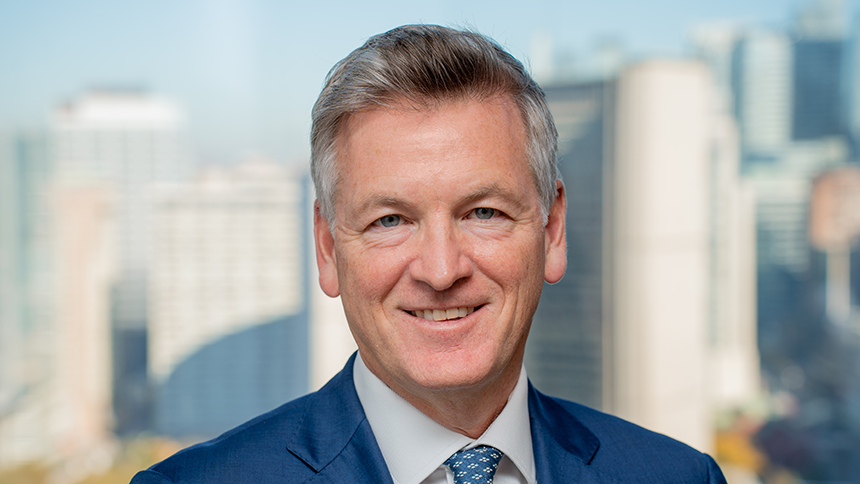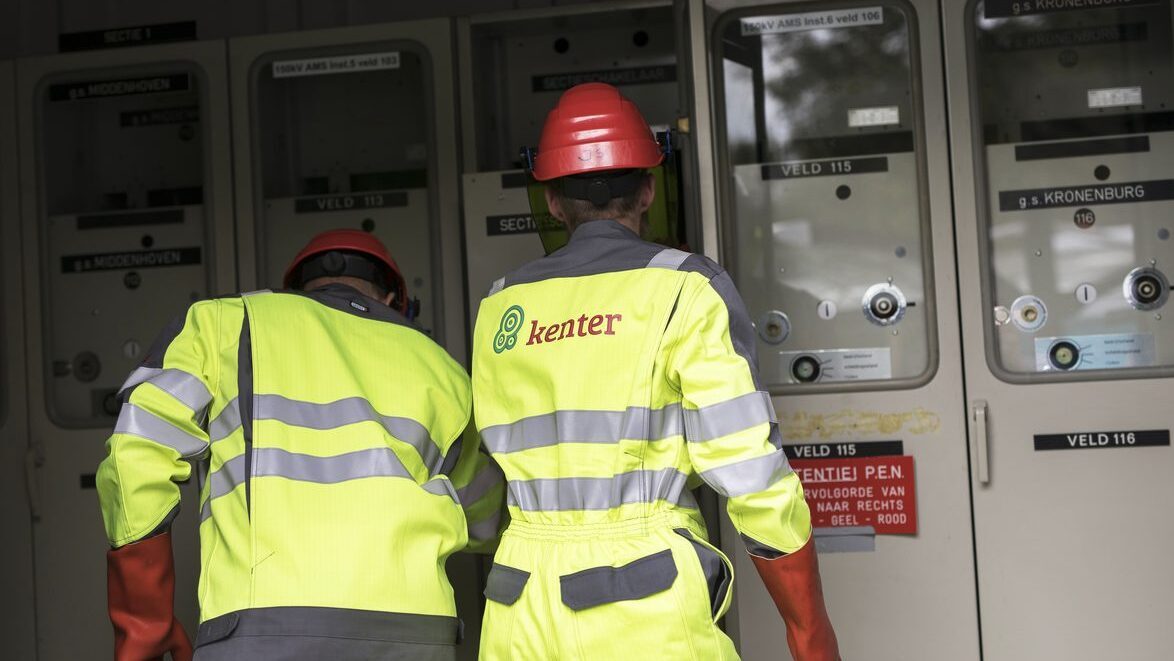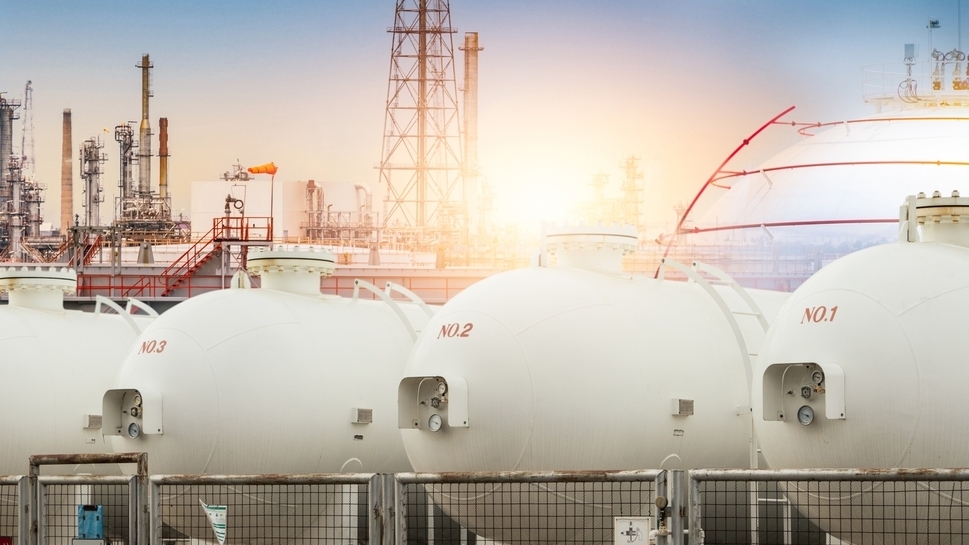
OMERS’ sustainability chief on why the C$127bn fund’s green investment spree will not slow down
Following a flurry of transactions this summer, OMERS' chief sustainability officer Michael Kelly opens up about the pension fund's investment strategy and allocation decisions
OMERS, the defined benefit (DB) plan for municipal employees in Ontario, is increasingly positioning itself as one of Canada's greenest pension fund investors.
The C$127 billion investor currently has around C$19 billion invested in assets which it has labelled as “green”, and recently it announced ambitious plans to increase sustainable allocations to C$30 billion by the end of the decade.
OMERS also earmarked C$3 billion specifically towards investing in high-carbon assets in need of funding for targeted decarbonization, singling out recent investments in energy firms such as Ontario-based Bruce Power and Nextbridge, as well as carbon capture project Deep Sky, which aims to build air and seawater carbon capture.
The fund also recently invested in Northvolt and Group 14, which both specialise in battery innovation and it allocated funds to Belgian renewable energy firm Groendus.
Moreover, OMERS made news this summer as it teamed up with Netherlands-based pension giant ABP to acquire Dutch energy infrastructure business Kenter, in a deal which valued the firm at close to €700 million ($764 million).
Following this flurry of transactions, time for Net Zero Investor to scrutinise the pension giant's sustainable investment strategy and allocation decisions.
In an exclusive interview, OMERS' chief sustainability officer Michael Kelly opens up about the pension fund's investment choices.
You recently earmarked C$3 billion specifically towards investing in high-carbon assets in need of funding for targeted decarbonization. Tell us about the rationale behind this decision.
We are actively evaluating how we can support real-world emissions reductions. We created the transition sleeve to facilitate investment in high-carbon assets that are in hard to abate sectors or are enabling others to transition. We didn’t want to discourage investment in assets that are enabling real world emissions reductions that might otherwise jeopardize our interim goals. So, if an investment has an aligned net zero 2050 goal and is enabling decarbonization, we think that is a potentially good use of our capital and is eligible for the transition sleeve. The emissions from these assets would be exempt from our interim goals.
The strategy is part of your plan to increase OMERS' green investment portfolio to C$30 billion by the end of the decade. What are your priorities while allocating fresh funds?
We already have more than C$19B in green assets, which includes investments in renewables, low-carbon power generation, green certified buildings and energy efficiency. We recently launched our Climate Action Plan, which includes a comprehensive strategy to continue to move us forward on our pathway to achieving net zero by 2050.
"We didn’t want to discourage investment in assets that are enabling real world emissions reductions that might otherwise jeopardize our interim goals."
Our plan is aligned with the Paris Agreement and the latest climate science. It includes interim targets which hold us accountable now – a 20% reduction of our portfolio carbon footprint by 2025, and 50% by 2030, from our 2019 baseline. We have currently exceeded our 2025 target with a 32% reduction to date.
Sure, but how does that translate in actual investment decisions and allocation choices?
We are actively seeking out investments in companies involved in innovative climate solutions, including through an active and dedicated green technologies investment team. We've made some interesting investments in the battery sector for example. This includes Northvolt, which delivers low-carbon batteries for multiple industries, Group 14, which manufactures advanced silicon battery materials, and Redwood Materials, which recycles and refines lithium ion batteries.
As you mentioned, OMERS has invested in Northvolt and Group 14, as well as Dutch and Belgian renewable energy firms Kenter and Groendus. You said you now plan to prioritise stewardship and engagement efforts with these companies, in order to ensure that they have credible 2030 transition plans in place. Tell us more.
The primary focus of our engagement and stewardship efforts is on the highest-emitting companies in our portfolio rather than companies like those you’ve mentioned which are already enabling the transition through their products, operations and business strategies. However, we do engage with the climate-forward companies in our portfolio to stay on track and to continue our learning around the energy transition and related markets, technologies and opportunities.
So can you share with us how you go about this in practice?
We directly engage with both public and private companies in our portfolio to promote sustainable business practices and long-term thinking. For example, engagement on climate change and company net zero pathways is a priority area for us for higher-emitting sectors. We often have seats on the board of our private assets, which gives us a unique ability to engage directly with these portfolio companies.

At a broader level and specifically regarding our public markets portfolio, we also collaborate with like-minded investors through platforms such as Climate Engagement Canada, Climate Action 100+ and the Institutional Investors Group on Climate Change (IIGCC) to collectively amplify our efforts. In addition, we actively contribute to enhancing the sustainable finance ecosystem through our membership in organizations such as the Investor Leadership Network, which is currently co-chaired by our CEO.
And can you explain how you translate those meetings in action.
Our plan describes our overall approach to sustainable investing, then digs deeper into specific actions we are taking in respect of climate change. This includes integrating climate change factors into our investment decisions to better understand both the risks and opportunities across all asset classes.
It outlines our approach to engagement with both public and private companies within our portfolio, and how we collaborate with like-minded investors, regulators and other stakeholders to advance the ecosystem around sustainable finance. This includes key issues like better disclosure of climate-related data, with standards harmonized globally where possible.
Better disclosure of climate data and global standards are issues that go way beyond Canada's pension investment space. How do you see the role of asset owners in shaping and driving the net zero agenda?
With our long-term horizon we often say that for us a quarter can be viewed as 25 years rather than three months in duration. We think and plan accordingly by seeking to understand and assess systemic changes unfolding in the world around us. Climate change is not a risk that individual investors can avoid or diversify away.
Instead, it requires a cohesive and aligned approach by governments, policy makers, regulators, civil society and companies as we move through the transition together. Asset owners such as OMERS with longer time horizons can play an important role in working to drive change, achieve greater influence with companies and help inspire meaningful progress towards a lower-carbon economy.
"With our long-term horizon we often say that for us a quarter can be viewed as 25 years rather than three months in duration."
Thank you. Anything else you'd like to share with Net Zero Investor readers?
Governments, business, civil society, and the investment community have an important and collaborative role to play in enabling and accelerating the decarbonization of the global economy. This includes encouraging and adopting science-based emissions-reduction targets and credible transition plans, improving climate data and disclosures.
This also includes making the effort, at a government, corporate and individual level, to understand one’s own carbon footprint and pathway and the effect of our choices on both. We are committed to reporting on our progress against existing objectives, deepening our capabilities, and setting new goals as we work together to achieve the Paris Agreement commitment to limit global warming and achieve net zero by 2050.
Also read
AP6’s green chief on investment choices, pressuring managers and mitigating climate risks




